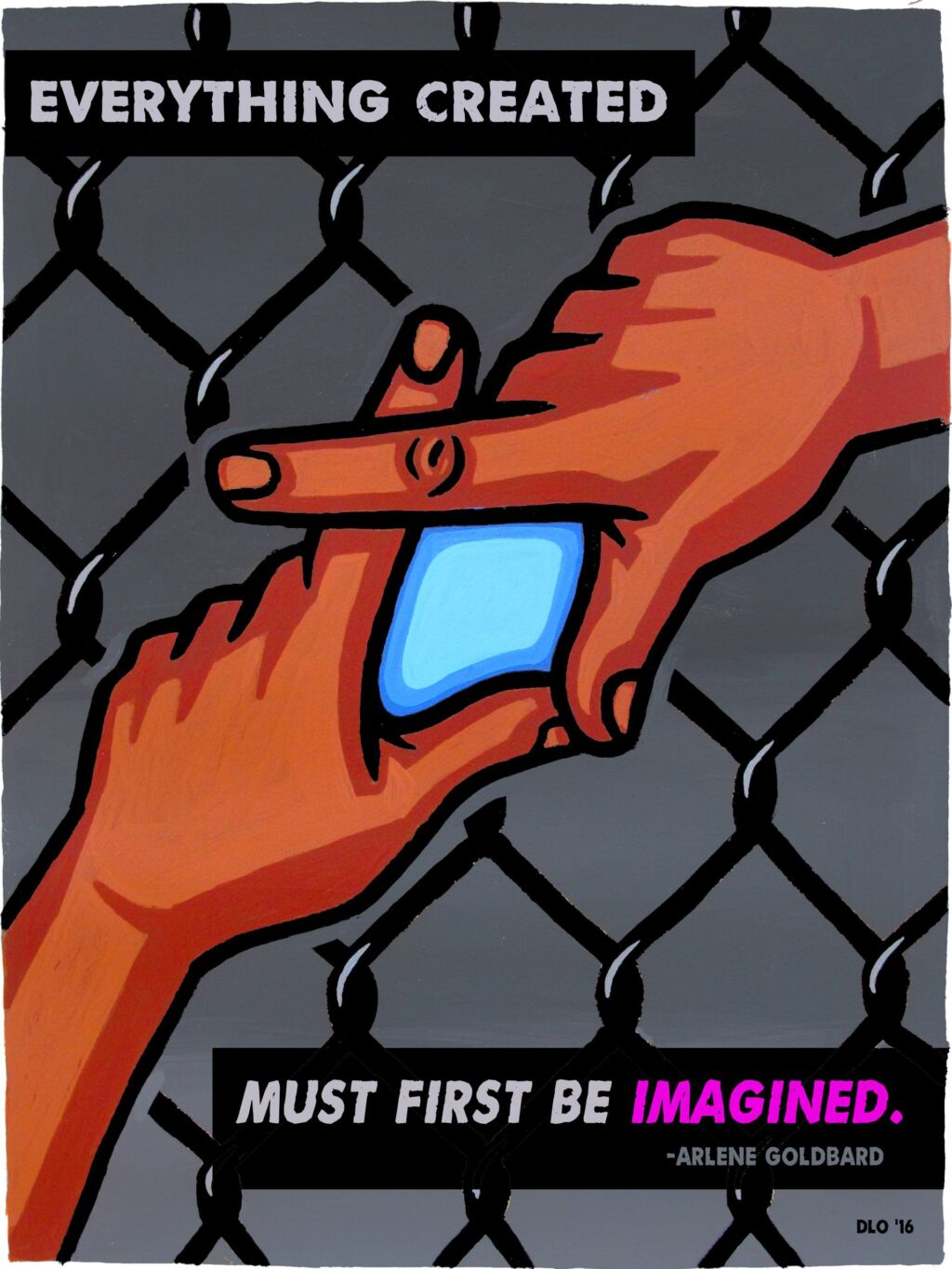I don’t know who first used “build back better” as a slogan for the post-COVID recovery. Today the rather awful catchphrase is unavoidable wherever you look.
Joe Biden promises to “Build Back Better” if he’s elected president in November (it’s the title of his election platform with Kamala Harris). Boris Johnson claims his government is going to “build back better, build back greener” after the U.K.’s economic drubbing by pandemic job loss. A new Task Force for a Resilient Recovery in Canada thinks these three words, or the ideas behind them, are the key to uniting and directing private and government finance toward “the jobs, infrastructure and growth that will keep Canada competitive in the clean economy of the 21st century.”
And now the prime minister has prorogued Parliament, he says, "to reset the approach of this government for a recovery to build back better. And those are big, important decisions and we need to present that to Parliament and to gain the confidence of Parliament to move forward on this ambitious plan."
Let’s pretend for a moment that this prorogation has nothing to do with shutting down the committee hearings into the WE Charity scandal, and that millions of CERB recipients won't be cut-off by a botched transition to employment insurance (a very real possibility), and dwell instead on the question: what does it mean to build back better?
Beginning around 2004, the term applied to infrastructure reconstruction strategies meant to improve a community’s physical, social and economic conditions following major disasters. According to one backgrounder on the concept, “the theory behind [building back better] supports the inclusion of the people...into every stage of reconstruction planning and implementation. This means the psychological, social and economic impacts of every reconstruction and recovery decision made need careful consideration in order to ensure that people’s needs are put first” (emphasis added).
Today, governments, banks and other big corporations, environmental organizations and everyone in between have claimed “build back better” as a mantra for making sure pandemic recovery policies, in the words of a recent OECD report, “trigger investment and behavioural changes that will reduce the likelihood of future shocks and increase society’s resilience to them when they do occur.”
That report, Building Back Better: A Sustainable, Resilient Recovery after COVID-19, also urges governments to “focus on well-being and inclusiveness” and to align pandemic investments “with long-term emission reduction goals, factoring in resilience to climate impacts, slowing biodiversity loss and increasing circularity of supply chains.”
Sounds great—sign us up! Not so fast. Like resilience, sustainability and even people’s needs, “build back better” is contested territory. This needn’t be a bad thing. At least in Canada, the recovery is still a partly filled in canvas and progressives hold some of the brushes.
With the lengthy COVID-19 pandemic still shaking up the global economy, once untouchable mores of liberal governance are being questioned—in much the same way the chaotic 1970s degraded the public and political commitment to the welfarist and developmentalist Canadian state. While that crisis unfortunately precipitated the turn to free trade, decades of growing inequality, and the acceleration of the climate emergency, there may be real opportunities today, in our response to COVID-19, to reclaim privatized or marketized parts of the social economy (e.g., housing, child care, drug insurance) for the common good.
At the end of July, the CCPA released an Alternative Federal Budget Recovery Plan to convince the Canadian public and our elected governments of the need to think even bigger than most of the “triple B” plans out there. It’s more of a build-forward than a build-back plan, though there are similarities.
For example, in an introductory AFB macroeconomic chapter, CCPA economist David Macdonald writes that “the old normal was unacceptable because it left far too many people behind. It led to preventable suffering and early deaths.” Moreover, he says, “the old normal was putting us at much higher risk of natural disasters, and on track to making our planet unliveable.”
However, there are fundamental differences between the AFB Recovery Plan and other Canadian calls for building back better. The Task Force for a Resilient Recovery, which includes Trudeau’s former chief of staff Gerald Butts (now at the business consulting firm Eurasia Group), merely repackages some old and some newer market-governance techniques for the COVID moment. These include “leveraging private capital, targeted tax cuts and incentives, regulatory sandboxes (to enable innovation), and behavioural ‘nudges’—to spur jobs and generate lasting economic activity.”
It’s fair to say this response to COVID-19 would entrench rather than scale back the primacy of market relations as the defining feature of the Canadian social economic model. Much as certain status-quo leaders in Parliament and the civil service might be happy “nudging” corporations and their financiers into new productive endeavours, we have had a glimpse of at least one alternative: direct public financing and guidance of basic public services and essential manufacturing, which have both strained under the pandemic demand as a result of a generation of cost-cutting government austerity.
With the right emphasis, and a commitment to correcting the inequalities built into many Canadian social transfers and services (employment insurance in particular), a just recovery could put people’s needs first, as “build back better” models say it should. But only if we are clear about what that means.
Trudeau’s prorogation will naturally recall the Harper government’s contempt of parliamentary democracy. And if the CERB-to-EI transition goes badly, millions of unemployed will lose their benefits in the worst job market of a generation. In the present battle of ideas over a just recovery, however, a little extra time to set the parameters of a progressive, just recovery might not be such a bad thing.

Stuart Trew is Senior Editor of the Monitor, a bimonthly magazine of the Canadian Centre for Policy Alternatives. The September/October issue, "A Just Recovery," will be out September 1. Click here to find out how you can get a copy.







